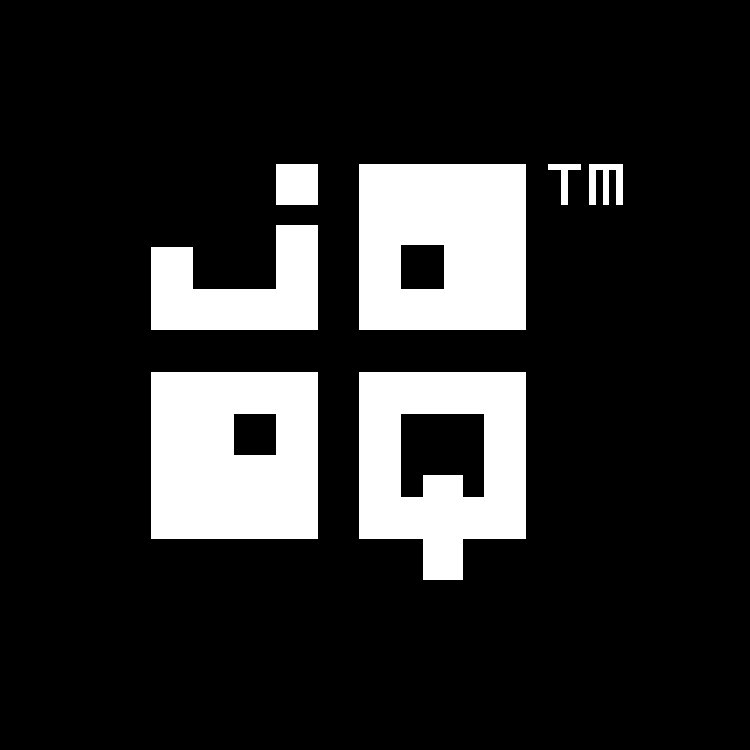Available in versions: Dev (3.21) | Latest (3.20) | 3.19 | 3.18 | 3.17 | 3.16 | 3.15 | 3.14 | 3.13 | 3.12 | 3.11
How to read this manual
Applies to ✅ Open Source Edition ✅ Express Edition ✅ Professional Edition ✅ Enterprise Edition
This section helps you correctly interpret this manual in the context of jOOQ.
Code blocks
The following are code blocks:
-- A SQL code block SELECT 1 FROM DUAL
// A Java code block for (int i = 0; i < 10; i++);
<!-- An XML code block --> <hello what="world"></hello>
# A config file code block org.jooq.property=value
These are useful to provide examples in code. Often, with jOOQ, it is even more useful to compare SQL code with its corresponding Java/jOOQ code. When this is done, the blocks are aligned side-by-side, with SQL usually being on the left, and an equivalent jOOQ DSL query in Java usually being on the right:
-- In SQL: SELECT 1 FROM DUAL
// Using jOOQ: create.selectOne().fetch()
Code block contents
The contents of code blocks follow conventions, too. If nothing else is mentioned next to any given code block, then the following can be assumed:
-- SQL assumptions ------------------ -- If nothing else is specified, assume that the Oracle syntax is used SELECT 1 FROM DUAL
// Java assumptions // ---------------- // Whenever you see "standalone functions", assume they were static imported from org.jooq.impl.DSL // "DSL" is the entry point of the static query DSL exists(); max(); min(); val(); inline(); // correspond to DSL.exists(); DSL.max(); DSL.min(); etc... // Whenever you see BOOK/Book, AUTHOR/Author and similar entities, assume they were (static) imported from the generated schema BOOK.TITLE, AUTHOR.LAST_NAME // com.example.generated.Tables.BOOK.TITLE, com.example.generated.Tables.AUTHOR.LAST_NAME FK_BOOK_AUTHOR // com.example.generated.Keys.FK_BOOK_AUTHOR // Whenever you see "create" being used in Java code, assume that this is an instance of org.jooq.DSLContext. // The reason why it is called "create" is the fact, that a jOOQ QueryPart is being created from the DSL object. // "create" is thus the entry point of the non-static query DSL DSLContext create = DSL.using(connection, SQLDialect.ORACLE);
Your naming may differ, of course. For instance, you could name the "create" instance "db", instead.
Execution
When you're coding PL/SQL, T-SQL or some other procedural SQL language, SQL statements are always executed immediately at the semi-colon. This is not the case in jOOQ, because as an internal DSL, jOOQ can never be sure that your statement is complete until you call fetch() or execute(). The manual tries to apply fetch() and execute() as thoroughly as possible. If not, it is implied:
SELECT 1 FROM DUAL UPDATE t SET v = 1
create.selectOne().fetch(); create.update(T).set(T.V, 1).execute();
Degree (arity)
jOOQ records (and many other API elements) have a degree N between 1 and 22. The variable degree of an API element is denoted as [N], e.g. Row[N] or Record[N]. The term "degree" is preferred over arity, as "degree" is the term used in the SQL standard, whereas "arity" is used more often in mathematics and relational theory.
Settings
jOOQ allows to override runtime behaviour using org.jooq.conf.Settings. If nothing is specified, the default runtime settings are assumed.
Sample database
jOOQ query examples run against the sample database. See the manual's section about the sample database used in this manual to learn more about the sample database.

Feedback
Do you have any feedback about this page? We'd love to hear it!